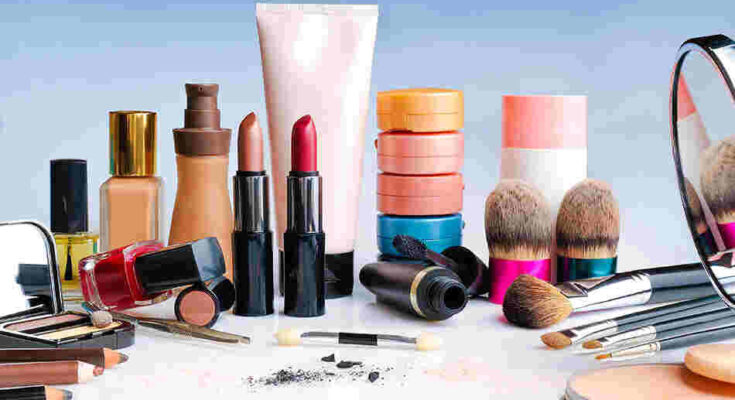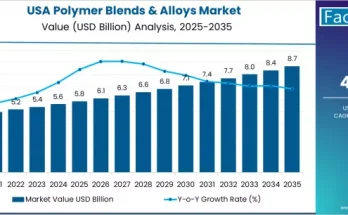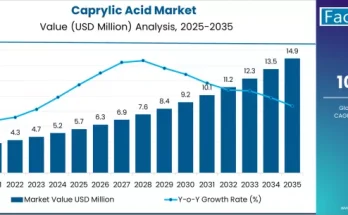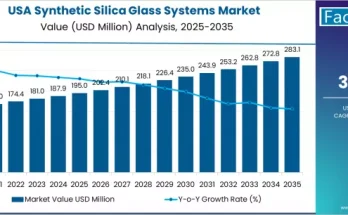The global cosmetic industry is experiencing a significant surge in demand for cosmetic chemicals, driven by evolving consumer preferences, advancements in technology, and a growing awareness of personal care and beauty. As more individuals seek high-quality and innovative cosmetic products, the demand for cosmetic chemicals is skyrocketing. This article explores the rising popularity of cosmetic chemicals and the lucrative business opportunities it presents for companies operating in this sector.
Evolving Consumer Preferences
In recent years, there has been a remarkable shift in consumer preferences towards natural and sustainable cosmetic products. As individuals become more conscious of the ingredients in their skincare and beauty products, the demand for cosmetic chemicals that are safe, eco-friendly, and derived from natural sources has witnessed a sharp rise. This trend is driven by the increasing awareness of the potentially harmful effects of certain chemical ingredients commonly found in cosmetics.
To cater to this demand, cosmetic companies are turning to cosmetic chemicals that are derived from botanical extracts, organic compounds, and sustainable sources. These ingredients offer numerous benefits, including enhanced skin nourishment, improved texture, and reduced environmental impact. As a result, the market for cosmetic chemicals is expanding rapidly to meet the evolving preferences of consumers.
Asia Pacific is one of the fastest-growing markets for cosmetic chemicals due to the increasing demand for beauty and personal care products. Some of the latest trends in cosmetic chemicals in the Asia Pacific include:
- Natural and Organic Ingredients: There is a growing preference for natural and organic ingredients in cosmetic products due to concerns about synthetic ingredients and their potential negative impacts on health and the environment. This trend is particularly strong in countries like Japan, South Korea, and Australia.
- Anti-Aging Ingredients: With an aging population, anti-aging ingredients are in high demand in the Asia Pacific region. Ingredients such as retinol, hyaluronic acid, and Anti-aging products.
- Skin Whitening Ingredients: Skin whitening is a popular trend in many Asian countries, and cosmetic companies are responding by including skin whitening ingredients.
- Sustainability: Consumers are becoming more environmentally conscious and are looking for sustainable and eco-friendly products. Many cosmetic companies are responding by using sustainable ingredients and packaging.
According to the Fact.MR’s Study, Sales of cosmetic chemicals exceeded US$ 21 Billion by 2021. As of 2022, the market is poised to experience a Y-o-Y growth rate worth 4.7% in 2022, reaching US$ 22 Billion.
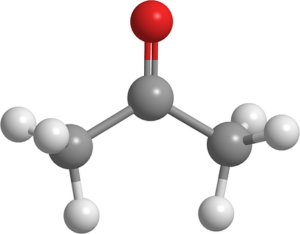
In Korea, there is a strong focus on skincare, and the Korean beauty industry is known for its innovative and effective products. Some of the latest trends in cosmetic chemicals in Korea include:
- Fermented Ingredients: Fermented ingredients are becoming increasingly popular in Korean skincare products. These ingredients are said to improve skin texture, boost hydration, and brighten skin.
- Plant-Based Ingredients: Plant-based ingredients such as green tea, ginseng, and centella asiatica are commonly used in Korean skincare products. These ingredients are said to have antioxidant and anti-inflammatory properties, making them effective in treating various skin concerns.
- Skin Barrier Repair Ingredients: Korean skincare products often include ingredients such as ceramides, cholesterol, and fatty acids, which help to repair the skin barrier and improve overall skin health.
- Multi-Functional Products: Korean skincare products are often multi-functional, combining multiple benefits in one product. For example, a single product may be designed to hydrate, brighten, and provide anti-aging benefits.
Technological Advancements Leading to Demand for Cosmetic Chemicals
The cosmetic industry is continually evolving, and technological advancements have played a pivotal role in driving the demand for cosmetic chemicals. Innovative formulations that incorporate cutting-edge cosmetic chemicals are revolutionizing the industry, offering improved efficacy and performance. From anti-aging compounds to skin-brightening agents, cosmetic chemicals are at the forefront of these advancements.

Moreover, the development of advanced manufacturing processes and techniques has made it easier for cosmetic companies to incorporate these chemicals into their product lines. The ability to customize formulations and create unique cosmetic products has further fueled the demand for cosmetic chemicals. As companies strive to stay ahead in this competitive market, they are increasingly relying on these chemicals to create differentiated and high-quality products that cater to specific consumer needs.
There are a wide variety of cosmetic chemicals used in beauty and personal care products, and they can be classified into different categories based on their functions and properties. Here are some common types of cosmetic chemicals:
- Emollients: Emollients are moisturizing agents that help to soften and soothe the skin. Common examples include oils, butter, and waxes.
- Humectants: Humectants, make them effective in hydrating and plumping the skin. Examples include glycerin, hyaluronic acid, and urea.
- Surfactants: Surfactants are used in cleansing products to help remove dirt, oil, and other impurities from the skin or hair. They also help to create foam and lather. Examples include sodium lauryl sulfate, cocamidopropyl betaine, and polysorbate 20.
- Preservatives: Preservatives are used to prevent the growth of bacteria, fungi, and other microorganisms in cosmetic products, ensuring their safety and shelf-life. Examples include parabens, phenoxyethanol, and formaldehyde-releasing agents.

- Sunscreens: Sunscreens are used to protect the skin from the harmful effects of UV radiation, including sunburn, premature aging, and skin cancer. Examples include zinc oxide, titanium dioxide, and chemical sunscreens like avobenzone and octinoxate.
- Antioxidants: Antioxidants help to protect the skin from oxidative stress caused by free radicals, which can lead to premature aging and other skin damage. Examples include vitamin C, vitamin E, and coenzyme Q10.
- Exfoliants: Exfoliants help to remove dead skin cells and impurities from the skin, revealing smoother and brighter-looking skin. Examples include alpha-hydroxy acids (AHAs), beta-hydroxy acids (BHAs), and physical exfoliants like sugar and salt.
- Colorants: Colorants are used to add color to cosmetic products such as lipsticks, eyeshadows, and nail polishes. They can be synthetic or natural and can come in a variety of forms, including dyes, pigments, and micas.
- Fragrances: Fragrances are used to add pleasant scents to cosmetic products and can be synthetic or natural. They can come in a variety of forms, including essential oils, synthetic fragrances, and fragrance compounds.
Conclusion
The rising demand for cosmetic chemicals reflects the changing landscape of the cosmetic industry, driven by evolving consumer preferences and technological advancements. As consumers seek natural and sustainable cosmetic products, the demand for cosmetic chemicals derived from eco-friendly sources continues to grow. Simultaneously, advancements in technology have enabled the development of innovative formulations that incorporate these chemicals, offering enhanced performance and efficacy.
For businesses operating in the cosmetic industry, this surge in demand for cosmetic chemicals presents a significant market opportunity. By embracing the evolving consumer preferences and leveraging technological advancements, companies can tap into this growing market and thrive in the competitive landscape. As the beauty industry continues to evolve, the importance of cosmetic chemicals in creating safe, effective, and sustainable cosmetic products cannot be overstated.
Also Read:
-
Thermal Spray Coatings for Enhanced Component & Future Lifespan
-
Green Energy Through Hydrogen Generation Technology: An Emerging Trend
-
Attributes of Nanocrystalline Soft Magnetic Materials In Power Electronics Open Up New Avenues
